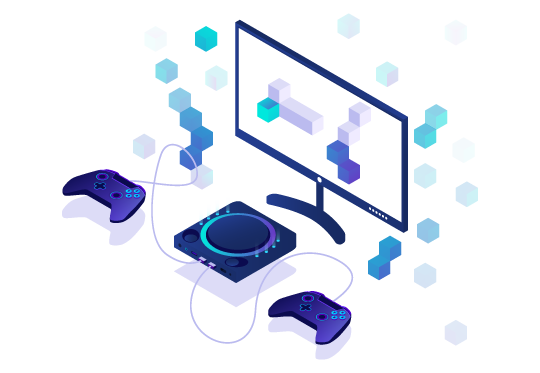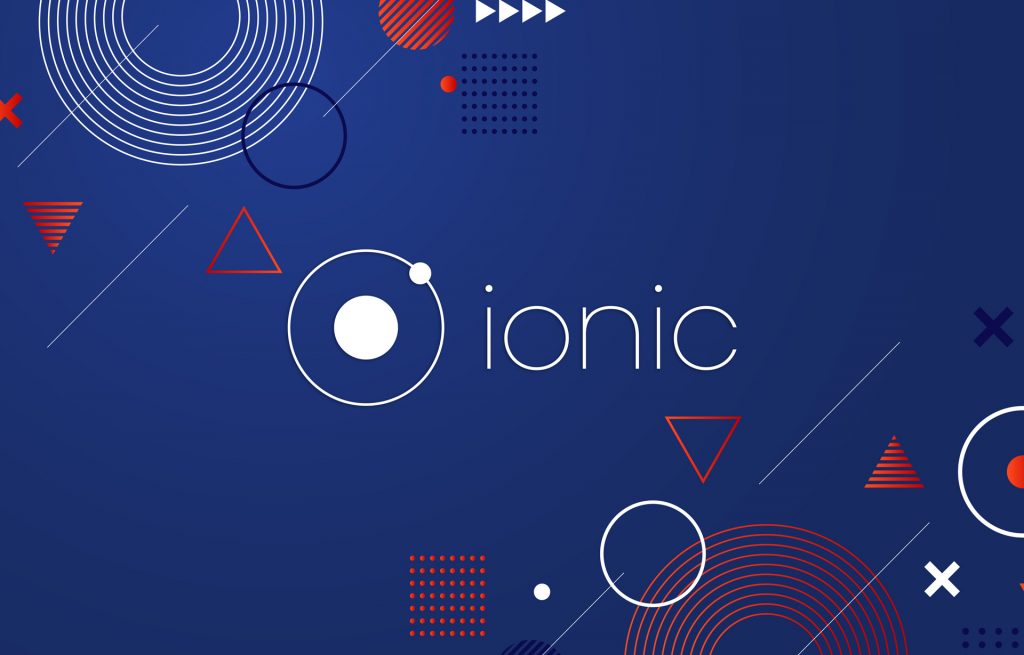Nowadays it is hard to imagine more affordable, accessible, and captivating type of entertainment with participation effect than video games. People install them on their PC, play games on their smartphones, buy consoles to share the experience with friends. Today games fit any taste.
First computer games appeared in the 1950s and their development was constantly evolved through the years: from black-and-white primitive image to 3D almost alive characters and plots that any movie or book can envy. Yet, few people know how much efforts game development takes, how many human resources and time the team requires. Of course, the process can be different: a game can be created by a single developer or by a huge team of designers, artists, developers, sound engineers, level designers, testers, and others; it can take a few months or a few years; games can be developed independently or overseen by a publisher; it can take tens millions of dollars to develop or be cost-conscious.
It all depends on the app and its concept. In its turn, the complexity of the app determines the timeline, technology, number of specialists and many other aspects. Game development can be so diverse, but the standard steps are as described below.

Pre-production
Pre-production is all about preparation and planning. This stage outlines all the tasks, schedules, and estimates for the development team. Before the actual start the team has to bring up core details about the idea and concept of the project, giving clear and comprehensive insights. On this stage developers, designers, artists, producers, and other team members talk through the description of the game, its selling points, gameplay, settings, story, features. The more details are discussed the more clear are requirements for the future development: the story becomes covered with more nuances, characters find their place; the team creates sketches to understand how the design must look like.
The team also takes into consideration the target audience and timeline for the project. These details influence significantly the features of the project. Trends among gamers and their needs suggest what details will make the game popular. A tough deadline may cut the number of features. The budget is also determined in the pre-production phase.
Afterwards, all these requirements are put into a production plan document, so that everything could be on paper before the initiation of the project. Often developers come up with a prototype as a visual example of the game.
Production
On the next stage the idea finds its realization. Production involves design, development, art production, and testing. Each of these stages contains something more than we may think.
For instance, game design is divided into scriptwriting, graphic design (UI), and level design. The first concerns writing the plot and dialogues for the game. The scriptwriter invents a game’s concept, theme, rules, storyline. The graphic designer is in charge of user interface (menus, status bar). The level designer’s domain of competence involves both artistic and technical aspects. His or her work concerns level assets (space, lighting, framing, color, and contrast), providing players with goals, and assuring entertaining game experience.
Art production specialists take over the most visually pleasant part of the project. These people can have different competencies, which are usually divided into two domains: 2D and 3D. At this points artists create rough sketches of the characters, setting, objects, work with shading, gradients, animations, lighting, background, etc. 2D artists work in Adobe Photoshop, while 3D designers use Maya, Max, and/or Blender.

Game developers are responsible for codebase in general. However, it is a much complex discipline, and it often requires extended skillset. Development embraces AI, sound, physics, graphics, UI, gameplay, scripting. The crucial field is physics – the part where software engineers face the work with game engines – frameworks for game development that include renderer, physic engine, as well as elements for sound, scripting, animation, scene graph, AI, networking, memory management, threading, localization. Game engines make the development faster and easier by means of reusing the ready-made elements for creating different products. Game development follows Agile software development methodology. Waterfall model does not suit here since games require an extensive work with a constantly growing feature set, which during the process can be modified. Agile, or even Scrum, helps to make the work evolutionary and avoid huge defects.
Quality assurance involves two aspects: correctness and entertainment. Testing sets the following objectives: checking the product for possible bugs, glitches, missing features, as well as checking if it’s possible to be stuck in the game, if the game is too hard/too easy, if it runs correctly on the platform. Software testing is indispensable as bugs often crush the game, which influences its marketability.
Post-production
Upon release maintenance begins. It encounters bug fixing and updates. The development team supports any video games (on consoles, PC, mobile) via downloadable patches. Developers usually wait for a certain period of time for bug reports to produce the most effective and complete patch.
The team’s goal is to make the game as good as possible to provide their customers with quality-assured product. This influences the sales and popularity of the game which brings money and success to the industry.
Final words
Every thing above shows the most typical way of creating video games. But of course, game development is not standardized. It all depends on requirements or on concept. For instance, lots of games do not need a 3D artist, or scriptwriter, or do not employ AI. Truly amusing games usually require a lot of efforts and time, nevertheless they are not always profitable. Whether it is an indie or commercial game, it still needs marketing (e.g. localization, demos, etc.) or placing them on distribution platforms as Steam. Anyway, games today are the way to relax, hang out with friends for gamers and source of income for game developers. As long as devices become more and more accessible, games will become only more popular and income-generating.





